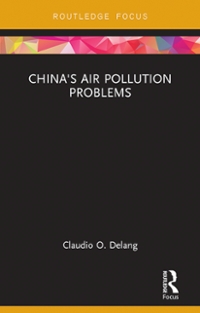Esc Principles of Microeconomics In Class Question Medium Stakes Assignment . Assume we have many owners of commercial retail sites and we have many people wishing to open up coffee shops. The people wishing to run the coffee shops do not own the commercial retail sites and the owners of the commercial retail sites do not want to run coffee shops. There are three locations that people can locate in: prime locations, average locations, and poor locations. . For the numbers below, assume that there are no costs other than the rent that must be paid. . In the prime location sellers can sell 100,000 cups of coffee a month at a price of $3 per cup of coffee. In the average location sellers can sell 60,000 cups of coffee a month at a price of $2 per cup of coffee. In the poor location sellers can sell 20,000 cups of coffee a month at a price of $1 per cup of coffee. . Assume that if the owners of the prime location do not rent to sellers of coffee that the next best alternative is to rent out to another business at a rent of $60,000 per month. Assume that if the owners of the average location do not rent to sellers of coffee that the next best alternative is to rent out to another business at a rent of $40,000 per month. Assume that if the owners of the poor location do not rent to sellers of coffee that the next best alternative is to rent out to another business at a rent of $5,000 per month. Assume that the number of people who want to rent property to sell coffee is greater than the number of prime location spots available but when the number of prime location spots is fully occupied by coffee sellers the number of people wanting to sell coffee at the average location is less than the total number of spots. (a) Prove that the rent paid by sellers of coffee in the average location will be equal to $40,000 and the rent paid by sellers in the prime location will be $220,000 Assume that sellers in the average location can now sell 80,000 cups of coffee, still at a price of $2 per cup. (b) Why does the rent in the average location stay the same? Why does that make sense? (c) What happens to the rent in the prime location? Why does that result make sense? Assume that the owners of the prime location are successful in passing a law that prevents people from operating coffee shops in the average location and prevents any other business from operating in the average location. (d) What happens to the equilibrium rent in the poor location and the prime location as a result of this law? Show all the steps in your reasoning







